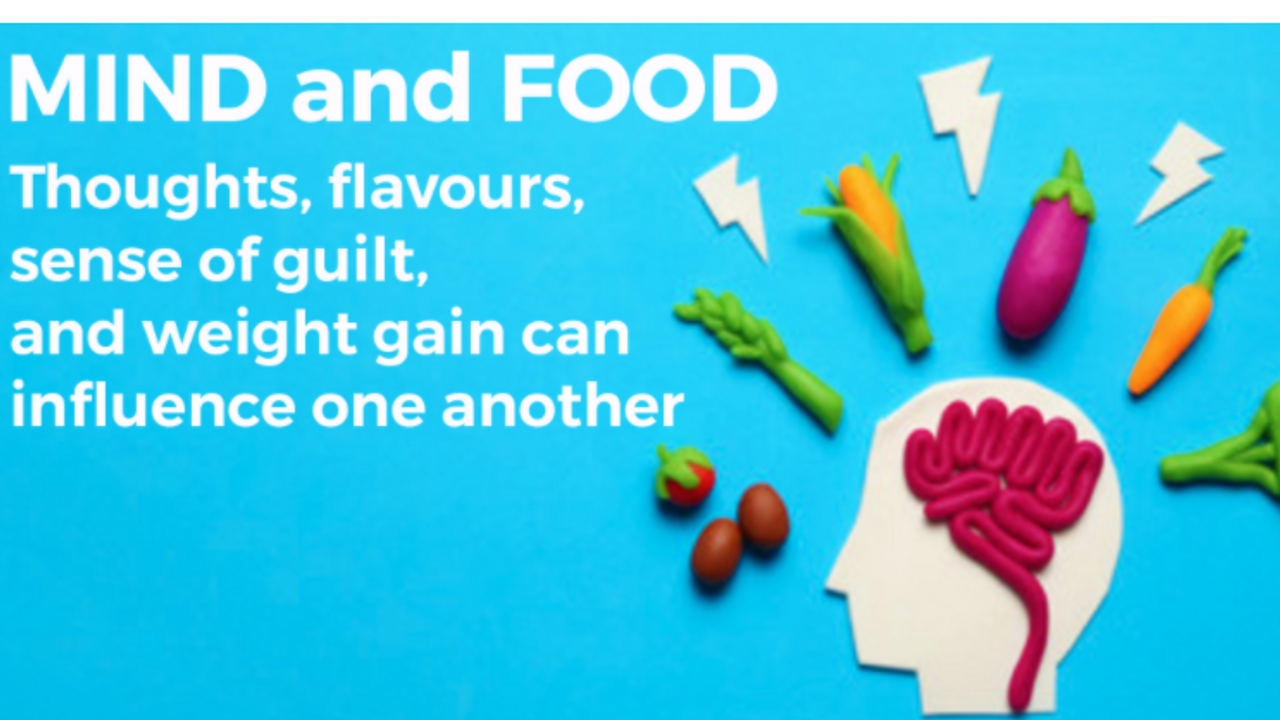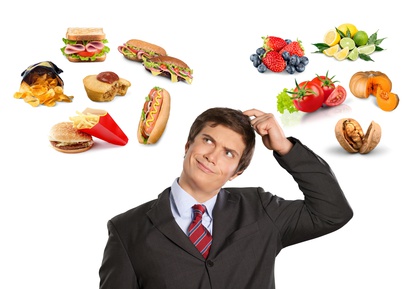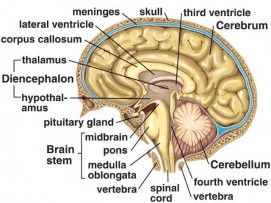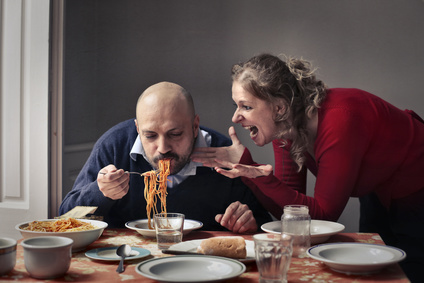
Mind and food: thoughts, flavours, sense of guilt, and weight gain can influence one another
Jun 22, 2023Food isn’t only made of vitamins, minerals, proteins and other nutrients. A very important component is represented by the relationship we have with what we eat.
Obviously, our thoughts and emotions cannot change the shape of an apple, but, as we shall see, they can significantly influence our metabolism. The only thought of certain foods can create desire in someone and disgust in somebody else.
These relations affect our internal neurobiology, which, in turn, influences the way in which we process that food and its components. This is a two-way relationship: in fact, if our mind has the ability of modifying the flavour of food and the way we digest it, a specific flavor or sensation can activate specific emotional and behavioural responses.
An example of the first way (from mind to perception) is given by a historic experiment held in the school for sommeliers in Bordeaux:

a sommelier took two bottles of the same white wine, but added some flavourless colour to one of them in order to make it look red, leaving the flavour unaltered. However, students and professors, all expert wine-tasters, thought they were different. The experiment was repeated some years later with the addition of a functional magnetic resonance. The interesting discovery was that it wasn’t only mental suggestion: at the sight of the colour red (red or white) the brain pre-alerted the areas that elaborate such flavour, distorting the process at a neurological level.
An example of the second way (from perception to mind) regards the ability of certain flavours and sensations in our mouth – like fatness, oiliness, creaminess, etc. – to activate the brain’s pleasure centres. This is an important evolutionary mechanism, developed at times when it wasn’t common to eat every day, and eating fats allowed to store long-term energy.
The relation between mind and food responded to evolutionary purposes and developed adapting itself to changes. The problem is that the context and our lives have changed incredibly, thus many mechanisms of the brain make no sense nowadays and are constantly deceived.
This process can lead to significant disadvantages, such as: not being able to distinguish healthy from unhealthy foods, constantly wanting certain foods because you’re looking for a specific feeling or effect on your nervous system, eating more than necessary, and activating dysfunctional emotional, mental, behavioural and metabolic processes. Furthermore, this way all perceptive, interoceptive, self-regulation and integrative processes on which our life is based are altered.
How it works
What happens when, at the sight of certain foods, we feel pleasure, disgust, lust or guilt?

The whole nervous system is involved: when we are about to eat a dish of pasta, the concept and image we have in mind of such dish take shape in the cerebral cortex.
Such cognitive processes interact with the limbic system, where emotions and primary motivational drives are born, the latter having to deal with archaic structures that manage basic functions like hunger, thirst, and other vital functions. Different systems interact in the process in every part of our nervous system, from memory to the image of self, from safety to prevision, up to the different problem solving mechanisms.
The hypothalamus and the insula have a primary role in mediating and integrating such a great amount of information. The hypothalamus integrates the mind’s activities with the body’s biological processes. If pasta is our favourite dish and we enjoy eating it, the hypothalamus modulates this positive message through the activation – through the parasympathetic system – of salivary glands, oesophagus, stomach, intestines, pancreas and spleen.
In other words, you will digest properly and the nutrients will be processed in the best way possible.

Conversely, if we feel guilty or we judge ourselves negatively when we eat a dish of pasta, the hypothalamus will process these negative inputs and send signals to the sympathetic system. This way, we activate inhibitory responses of the digestive system, so it will be more difficult to metabolize and it will require more time to digest what we are eating, causing an alteration in the gut microbiota and an increase of the toxic waste product release at a circulation level. Furthermore, the increase of insulin and cortisol can also lead to “store” larger amounts of fat.
Besides the neurobiological explanation, the evolutionary meaning of such mechanism is quite deducible: it has no sense to eat when we are in danger, in that sort of situation what is primary is to fight or to run away. Our stress axis reacts in a similar way in front of a bear that wants to attack us, or whenever we experience an internal conflict like “I’d love to eat it but I’m on a diet”. Eating under stress has no sense, our body is not predisposed for this type of activity. Only when you’ll feel relaxed again your body will be ready to eat.
What just described is very important and affects different spheres.
1. The first most obvious aspects regards the thoughts and beliefs we have about food: it’s essential to have accurate and correct, not just general or out-dated, information. For example, it’s useful to be aware of the real function of cholesterol (which isn’t just the “enemy of our grandparents!”); to correctly evaluate the importance of fats for our wellbeing, distinguishing typologies and quantities; think of cooking as an art but also as a science, don’t stop in front of the idea that olive oil is healthier than butter, but consider the qualities of both, what happens if they exceed their smoke point, their interaction with other ingredients and other factors that can totally change their effects, transforming them from positive to negative or vice-versa; and pay attention to the RDA (Recommended Daily Allowance), which is way too often used according to marketing and food companies’ strategies rather than to common sense.
2. The second sphere regards our emotions towards food and more. In fact, the process of stress activation described above can take place if we feel guilty when eating fat foods, but also if we think about the colleague that made us angry. We should keep in mind that the amygdala, when evaluating the potentially dangerous input stimuli, doesn’t really distinguish between real and imaginary.
Let’s be positive and focus on positive thoughts: if we decide to have this cheat meal, we might just as well enjoy it!
Being aware of the neurobiological processes of emotions and finding pragmatic solutions to the different steps is extremely useful and can really make a difference for those who work with emotions and emotional dysfunctions.

We are currently collecting data of a research carried out comparing the typical stress biomarkers in populations with different eating habits, identifying in each group the different emotions felt during the meal: relaxed, in a hurry, enjoyed, guilty, fitness-oriented. The first analysis confirmed that eating healthily but under stress cancels all the positive effects of this type of diet.
The way we behave at the table has important long-term implications. Giving out to a child because he doesn’t want to eat is the best way to make him dislike food. In the same way, watching the news during dinner activates stress. Fast paced music, insistent voices and the news’ content itself are designed exactly to create tension. Any vital parameter measured with the news in the background registers significant variations. These are essential indications for those involved in education, care, growth or the so called “evolutionary relationships“.
3. The third level, the most pervasive, involves the entire physiology. Eating fast, not recognizing flavours, being always cognitively and/or emotionally busy, alters all functions (perception, thoughts, emotions, behaviours, motivation, decisions, memory, etc.) and their relative structures (nervous, immune and hormonal systems). This leads to not filtering incoming information correctly, not feeling the body’s signals, and to give too much importance to logical, and not interoceptive or empathic, processes.

A correct relation with food and the pleasure we get from it allow us to reactivate such processes, bring them back to physiology, reactivate regenerative mechanisms – in both our minds and bodies – essential for our wellbeing.
In this article we focused on food, but these mechanisms are active also in positive bodily perceptions and in the activities that develop awareness and self-confidence, in their broadest sense.
We have identified two main areas to systematize this type of actions.
It’s possible to intervene on habits, alternative forms of thought (in particular, the ideographic form), on your ancestral needs and on the ones of others, on the mind-and-body dynamics in emotions and relationships, and on the basic psychosomatic processes. Here you can find our best online courses on these topics >.
It’s possible to start exactly from the sensory and experiential side connected to food and movement, trying out new ways to communicate and develop relationships, based on feeling at ease and being yourself.
Stay connected with news and updates!
Join our mailing list to receive the latest news and updates from our team.
Don't worry, your information will not be shared.
We hate SPAM. We will never sell your information, for any reason.

